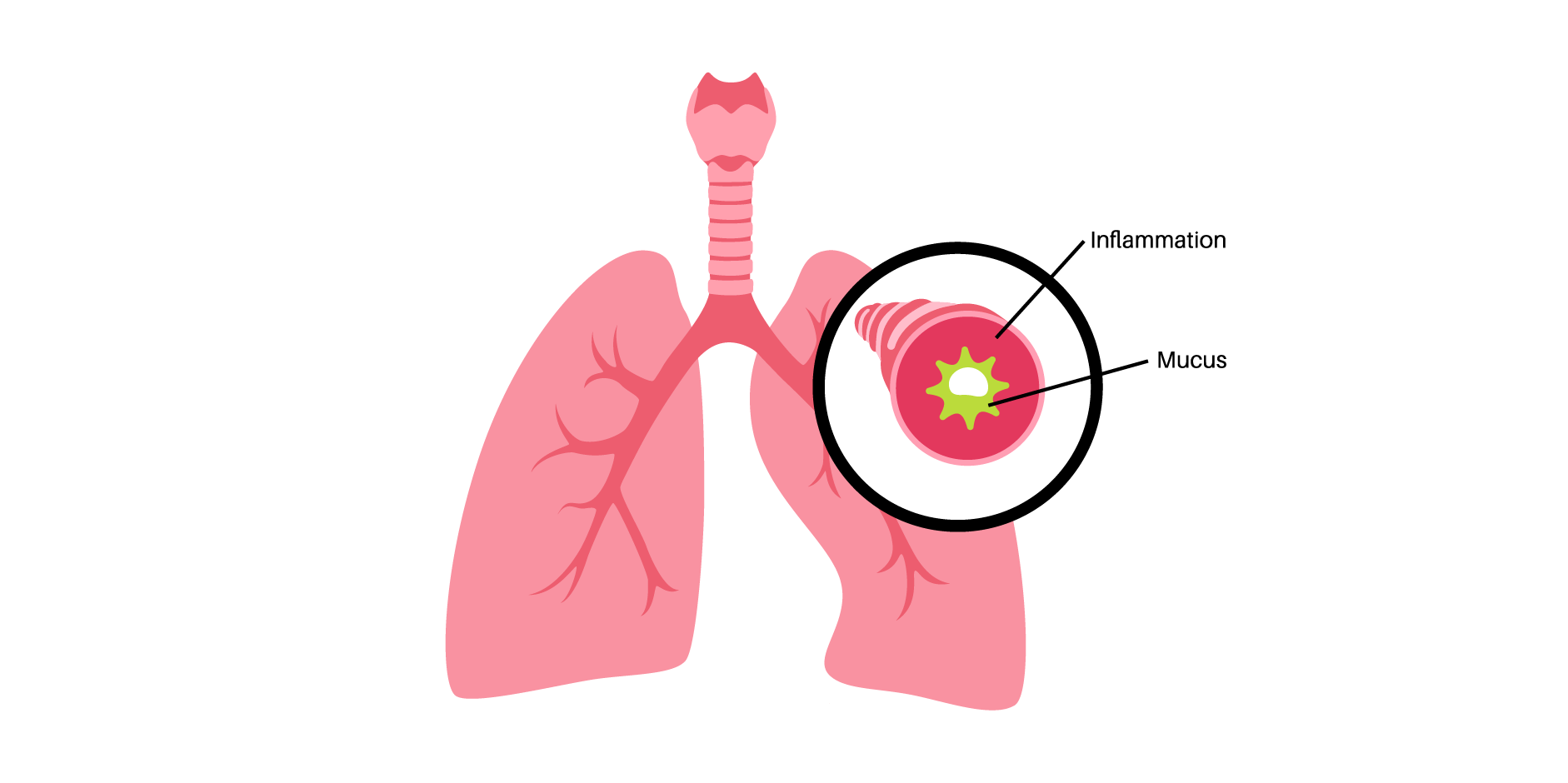Content on this page:
Content on this page:
Introduction
Bronchiolitis is a disease of the lower respiratory tract characterized
by acute inflammation and edema of the bronchioles, accompanied by an increase
in mucus production.
 Bronchiolitis_Disease Background 1
Bronchiolitis_Disease Background 1Epidemiology
Bronchiolitis usually affects children <2 years of age and is among the leading causes of hospitalization of infants in the United States (US). In the US alone, there are approximately as many as 100,000 admissions annually. It is noted that the peak incidence of severe disease occurs between 2 and 6 months of age, though still a significant cause of respiratory illness during early childhood. Notably, the rates of hospitalizations are more common in boys and those living in industrialized urban settings rather than in rural settings. Bronchiolitis is one of the leading causes of hospitalization of infants in Asia as well. A study in South Korea showed that the overall prevalence of bronchiolitis was 688 cases per 1,000,000 population.
Pathophysiology
The clinical features of bronchiolitis are
largely because of airway obstruction and decreased lung compliance. Epithelial
necrosis, mucus hypersecretion, round-cell infiltration, and submucosal
inflammation brought about by the respiratory syncytial virus (RSV) infection
causes bronchiolar narrowing, which leads to mucus plug formation, bronchiolar
obstruction, and distal lung tissue overinflation, resistance, and collapse.
 Bronchiolitis_Disease Background 2
Bronchiolitis_Disease Background 2Etiology
The majority of cases of bronchiolitis are caused by respiratory syncytial virus (RSV). Other etiologic agents include rhinovirus, adenovirus, parainfluenza, and Mycoplasma. There is no evidence of bacterial etiology for bronchiolitis, but bacterial superinfection may occur. It must be noted that otitis media is the most common bacterial infection associated with bronchiolitis.
